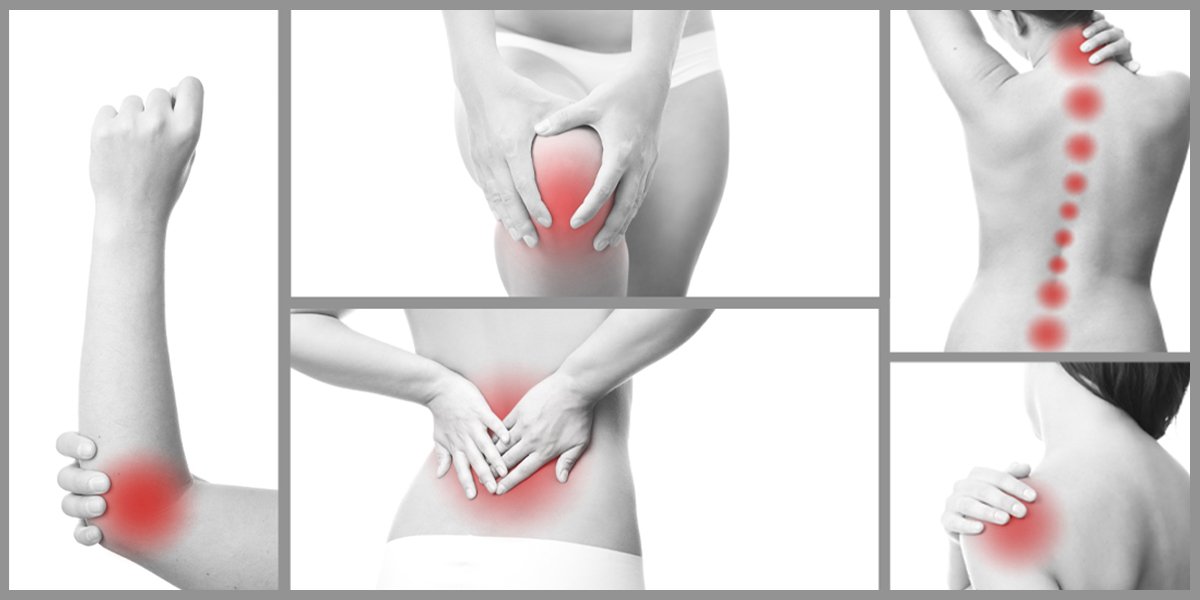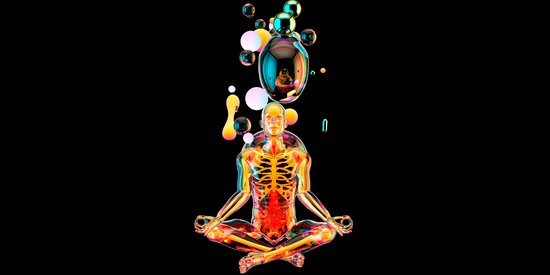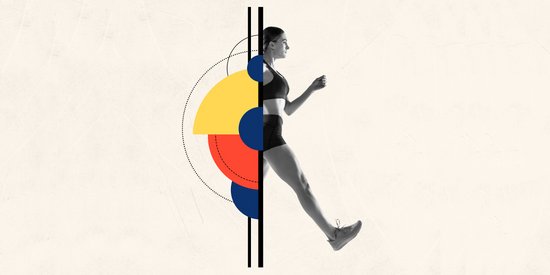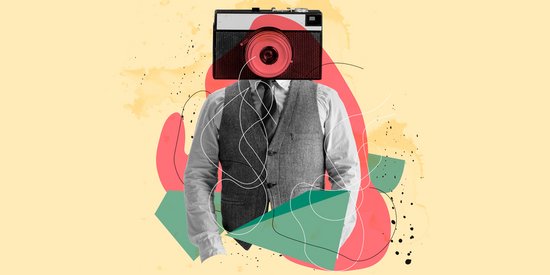Back pain, muscle problems, acute migraines or breathing problems, the first thing that comes to mind is to go see an osteopath. And additionally, does one need to know how to select the right one?
A question that requires reflection. Between directories, sites, plaques in the street, we get completely lost. "A problem without a solution is a bad problem." Here are some tips for choosing the right osteopath.
Osteopathy was founded in the 1870s and focuses on the relationship between the musculoskeletal system and the overall health of the patient. According to the American Association of Osteopathic Medicine, "Osteopathic medicine is a distinctive form of medical care based on the philosophy that all the body's systems are interdependent and depend on each other for their good health."
Scary figures: Teaching schools singled out by the National Union of Higher Education in Osteopathy (SNESO) launched a training framework, on Tuesday, June 5, entitled "Become an osteopath, act with competence", signed Jacques Tardif, professor at the University of Sherbrooke. Indeed, according to the article in Le Monde magazine on the 74 schools in France preparing for the profession of osteopath, "only fifteen establishments train serious practitioners", indicates Philippe Sterlingot, president of the French Syndicate of Osteopaths (SFDO).
And yet in France alone to date we can count more than 22,000 practitioners. Thus our question how to choose the right osteopath.
Either way, deciding to see an osteopath is a personal choice.
Diploma approved by the Ministry of Health
Word of mouth or notoriety is not a good reference. Better to seek a qualified osteopath whose diploma guarantees you the correct diagnosis. Obviously, this is not a guarantee of quality, but it is proof that its training corresponds to certain standards, including among them the curriculum of a 5-year training. In addition, the fact that you are treated by a specialist who has completed full studies in an establishment approved by the ministry may mean that you can be be reimbursed to you by your insurance company.
Case history:
A good osteopath asks you about the reasons for your consultation and also asks if you have a medical history (previous reports, x-ray etc). During the case history, the osteopath should detect the warning signs and be able to know the localities of any pain, the rhythm of the pains, the circumstance of their appearances and the variation of intensity of the pain.
A set of medical or orthopaedic tests
Difficult for an osteopath to handle an emergency, especially when he receives a patient for the first time. In the latter case, the osteopath must then make a differential diagnosis to find out if there are any contraindications to certain manipulations and if he must, in case you need it, redirect you elsewhere.
Osteopathic assessment
During this step the osteopath manually examines your various symptoms and tests your agility, through a clinical examination that he performs on the lumbar regions, thoracic and abdominal areas, and the upper and lower limbs. These tests refine the diagnosis which allows the osteopath to determine the correlation between the cause of your symptoms and the mechanism of your body.
No pain
During your clinical diagnosis, you should not feel any pain. Only the trapezius massage can do this, especially when it is tense.
Understanding what is being said
This is the funnel stage. You must find a logic in the explanations which the osteopath gives you, otherwise be sure that he is not certain of his diagnosis.
Re-examine
A good specialist checks that his manual interventions have worked well, he rectifies and carries out new evaluations.
Advice, trust and honesty
Three related and important rules! The osteopath advises you on your lifestyle step by step, so that your symptoms do not return. During the consultation, the osteopath should seem caring and considerate, he is at your disposal, because it is very difficult to establish a good relationship of trust with a neural therapist when it concerns your health. But he is not a magician! You will not come out tap-dancing after the first consultation! It takes a number of sessions (1 to 2) and a certain amount of time for your body to get used to the right balance.
Finally, the honest osteopath cannot commit to any results even if after three sessions the reduction in pain should be noticeable, moreover he must not offer you any remote treatment beware of charlatans offering this kind of method and do not confuse spiritual healers and osteopaths.
Because osteopathy is also a philosophy, explains Alexander, an osteopath from Paris.
“Illness is a consequence, not a cause. Osteopathy looks for the causes, the interruptions in functionality at the origins of the symptom. We restore health by freeing the nerves and vessels from their shackles. This is our job."








